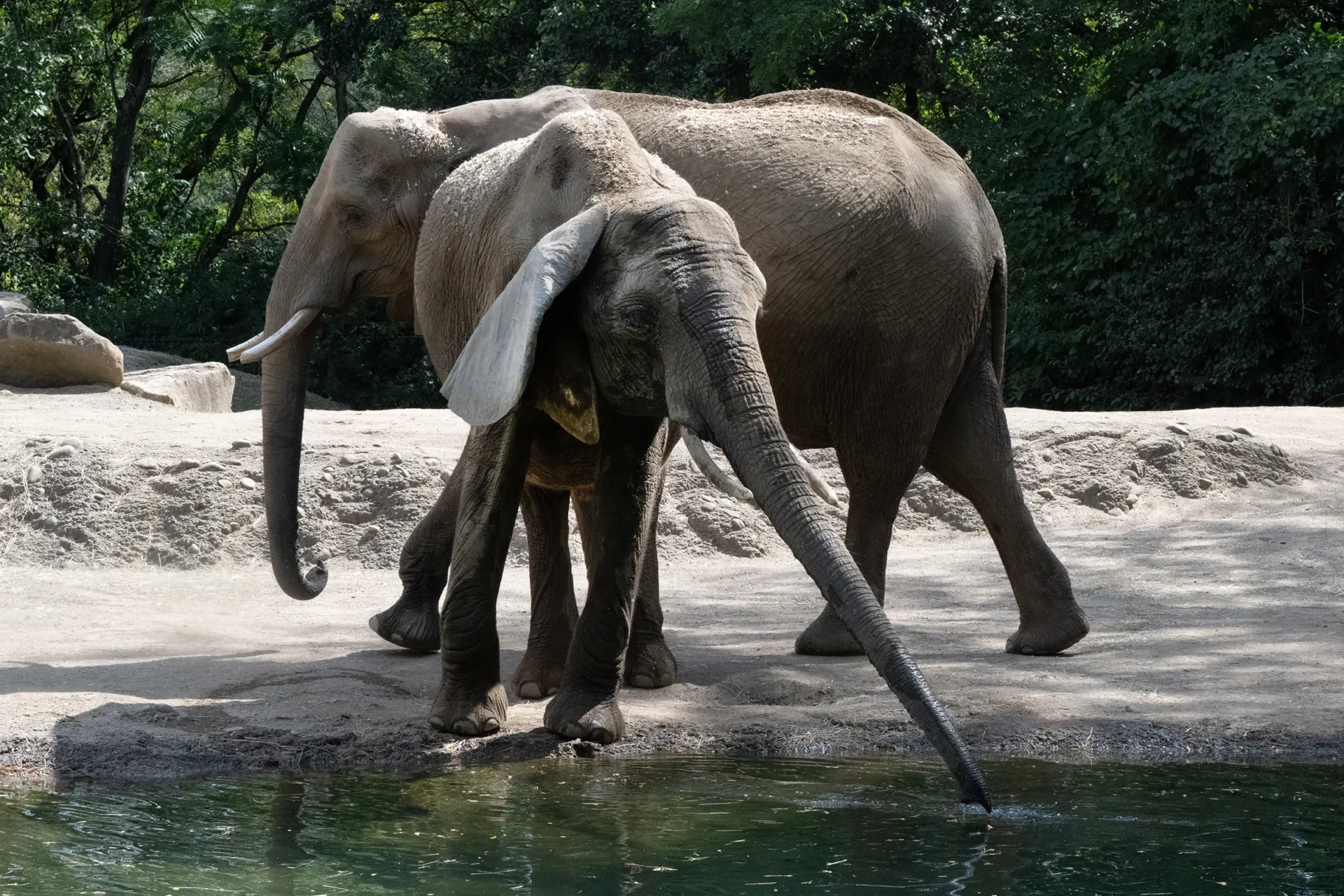An Inside Story
October 29, 2025
Bones are everywhere this time of year! Did you know they are also very important for understanding the animals at the Pittsburgh Zoo & Aquarium? Radiographs, or x-ray images, open a window into the skeletal structures of animals. They provide our veterinary staff integral information about bones and teeth to help them analyze, diagnose, and treat their animal patients. Here is an inside look at some of our favorite Zoo residents!
The sea turtle’s carapace, or hard upper shell, provides this salty swimmer with protection, buoyancy, and the ability to move through the water with little effort. This vital structure is made of flattened bones covered in horny plates called scutes. The carapace is part of the sea turtle’s skeleton, forming the rounded top and flat underside and connected to the turtle’s body by a series of bony bridges. As the turtle grows, its carapace grows, too.
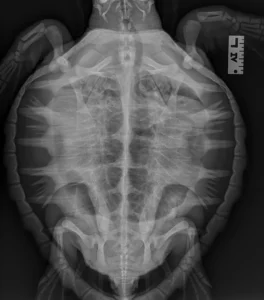
The lynx’s large broad paws are an essential adaptation that act like snowshoes, allowing the feline to tread through deep snow. The feet are covered in thick fur and can spread nearly four inches wide to quickly and easily navigate and effectively hunt in powdery snow.

An elephant’s stumpy feet appear unusual, almost prehistoric looking. They are not hooves, nor are they paws or claws. Elephants actually walk on their tiptoes rather than flat-footed and have separated toenails instead of hooves. Their heel bones rest on a cushiony foot pad made of cartilage. This helps evenly distribute the animals’ enormous weight as they walk.
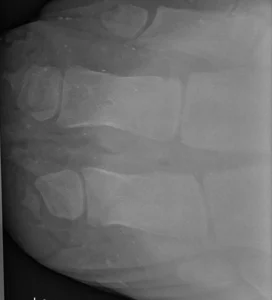
The rattlesnake’s skull is a marvel of evolutionary design. Hinged joints allow snakes to swallow prey that may be several times larger than their heads. The snake’s loss of limbs led to the development of this highly flexible skull. As a result, rattlesnakes have adapted to be natural predators in several different ecosystems.
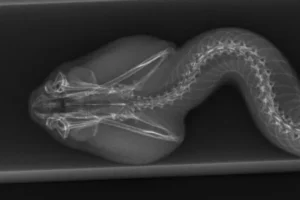
Bamboo sharks have small teeth that grasp or crush prey. New research suggests that the teeth also fold backward within the mouth! This protects the shark’s teeth and allows it to use the flat surface of the tooth to crush crabs and other crustaceans.
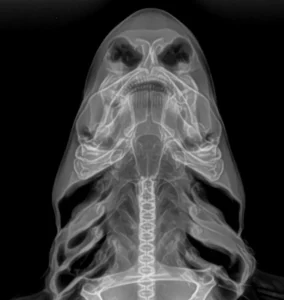
An owl’s skull is easily identified by its sizeable eye sockets that accommodate its large eyes. This allows the raptors to see well in dimly lit conditions. Owls can rotate their heads up to 270 degrees in either direction, granting them a wide range of vision without having to move their bodies.

Although gibbons are not as strong as their great ape cousins, their powerful arms, hook-like hands, and specialized shoulder joints, allow them to easily swing from branch to branch through the jungle. A gibbon’s arms are nearly twice the size of its legs!

Beavers have massive, self-sharpening front teeth that continue to grow throughout their lives. They have a total of 20 teeth, including two incisors on top and bottom, two premolars, and six molars. The skull’s design accommodates the powerful jaw muscles that allow this rodent to take down trees.
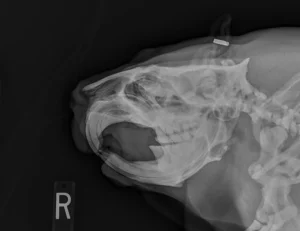
The gharial is an apex predator in its aquatic ecosystem. The crocodilian’s elongated snout is 3.5 times longer than the width of the skull’s base. This adaptation is perfect for catching the fish that make up the bulk of its diet.

The lengthy skulls of anteaters may seem disproportionately long compared to their bodies but are an incredible adaptation when it comes to snarfing ants! Anteaters’ toothless jaws allow them to effectively hoover an abundance of ants and termites through their tube-shaped mouths. The skull also houses a very long tongue which the anteater can extend to seize insects.
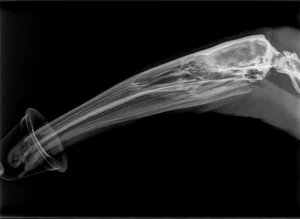

Feeling like having more Halloween fun? It’s the last week of the Jack O’Lantern Extravaganza! Don’t miss out on the best gently-spooky event around!



